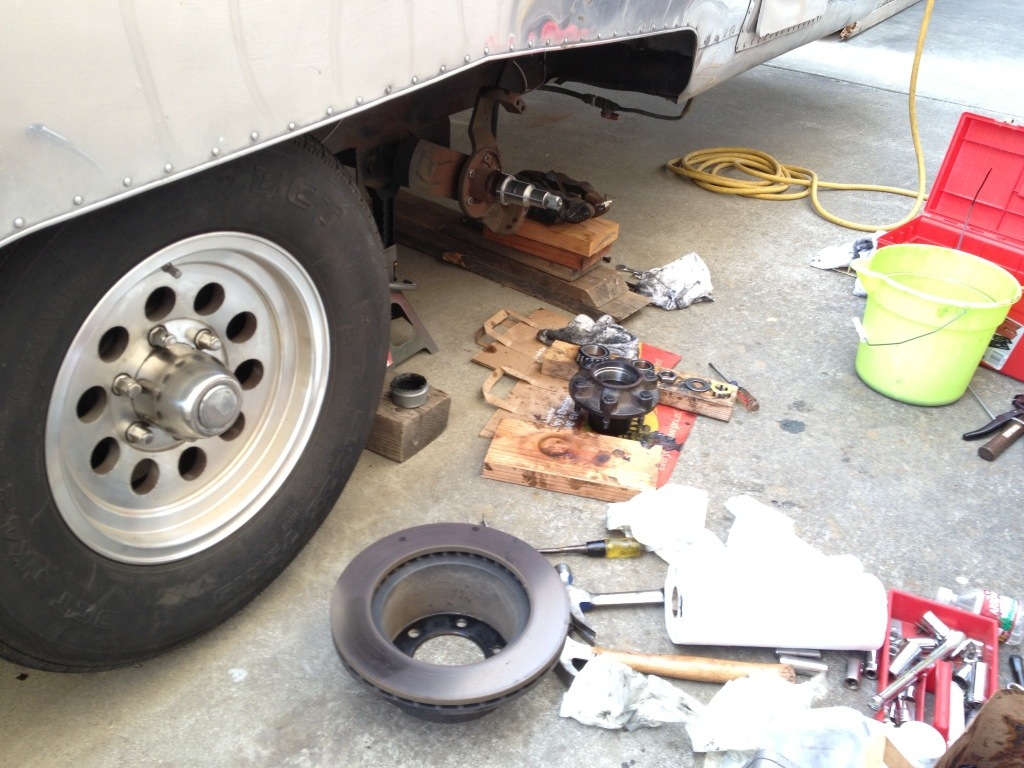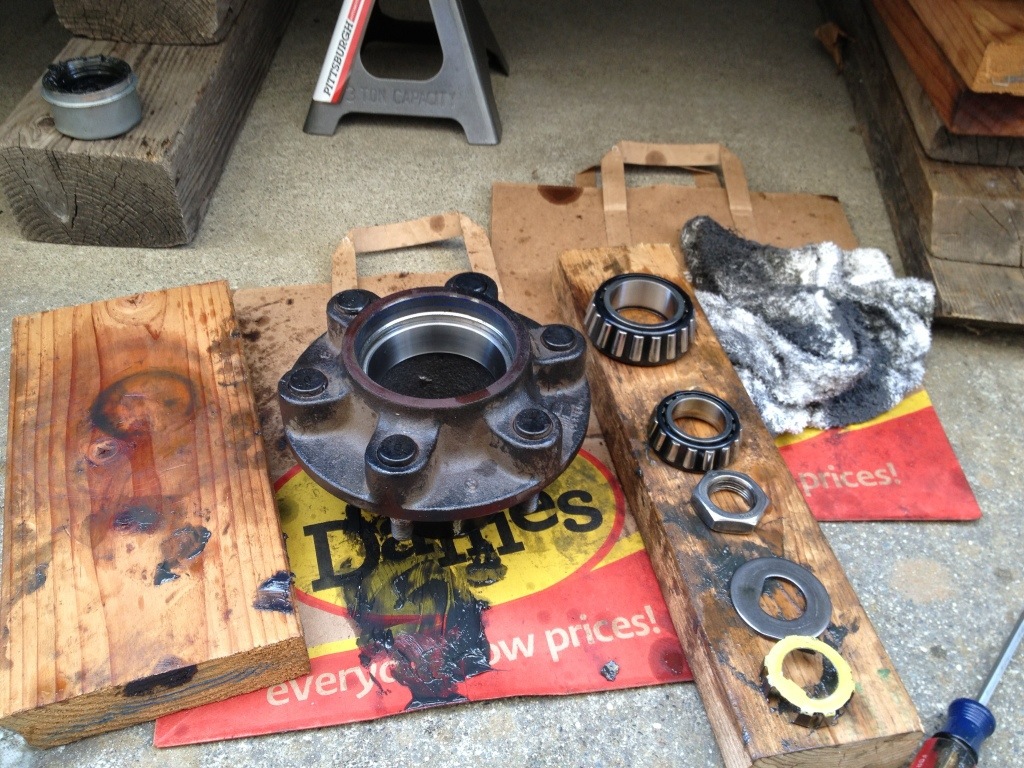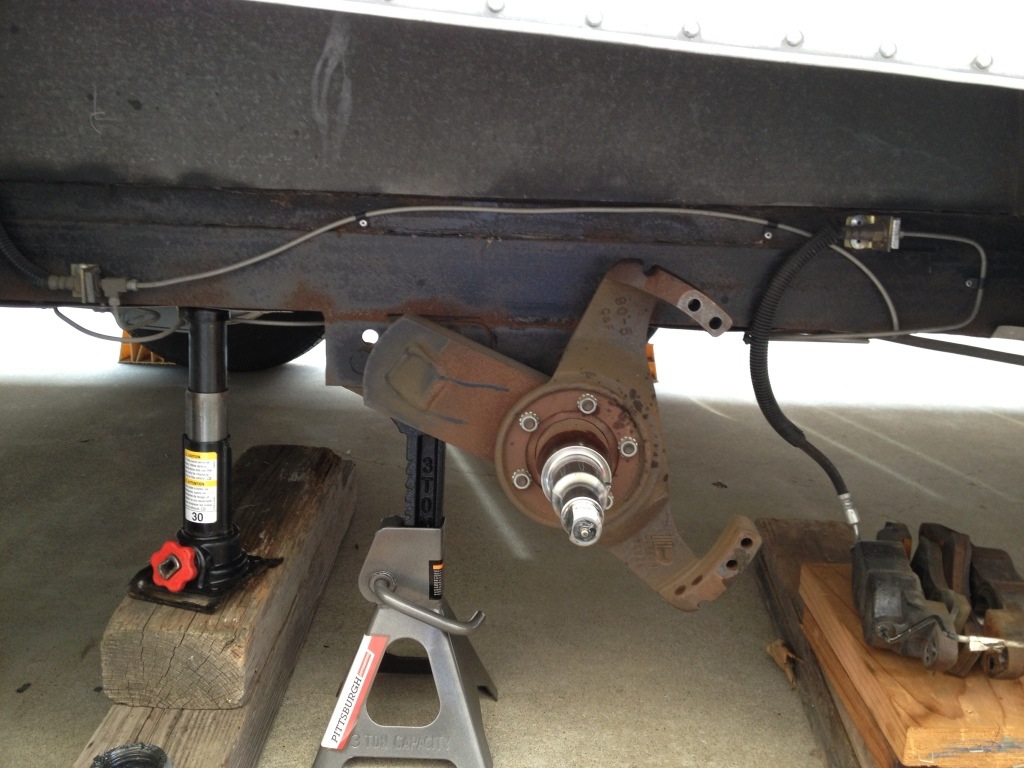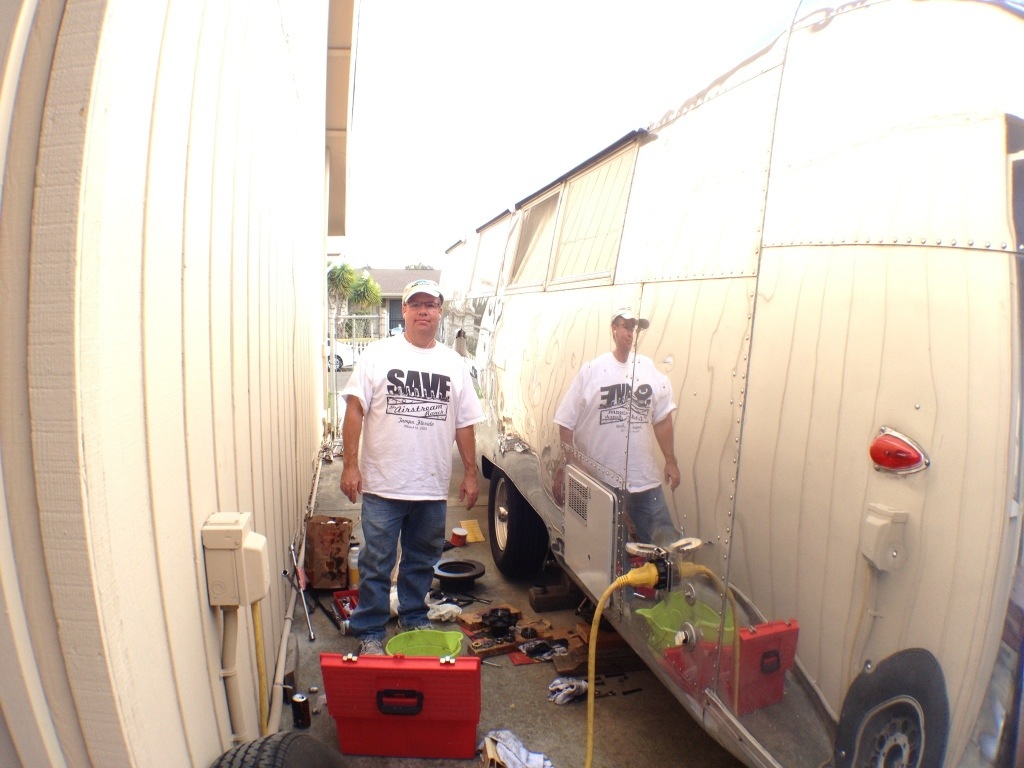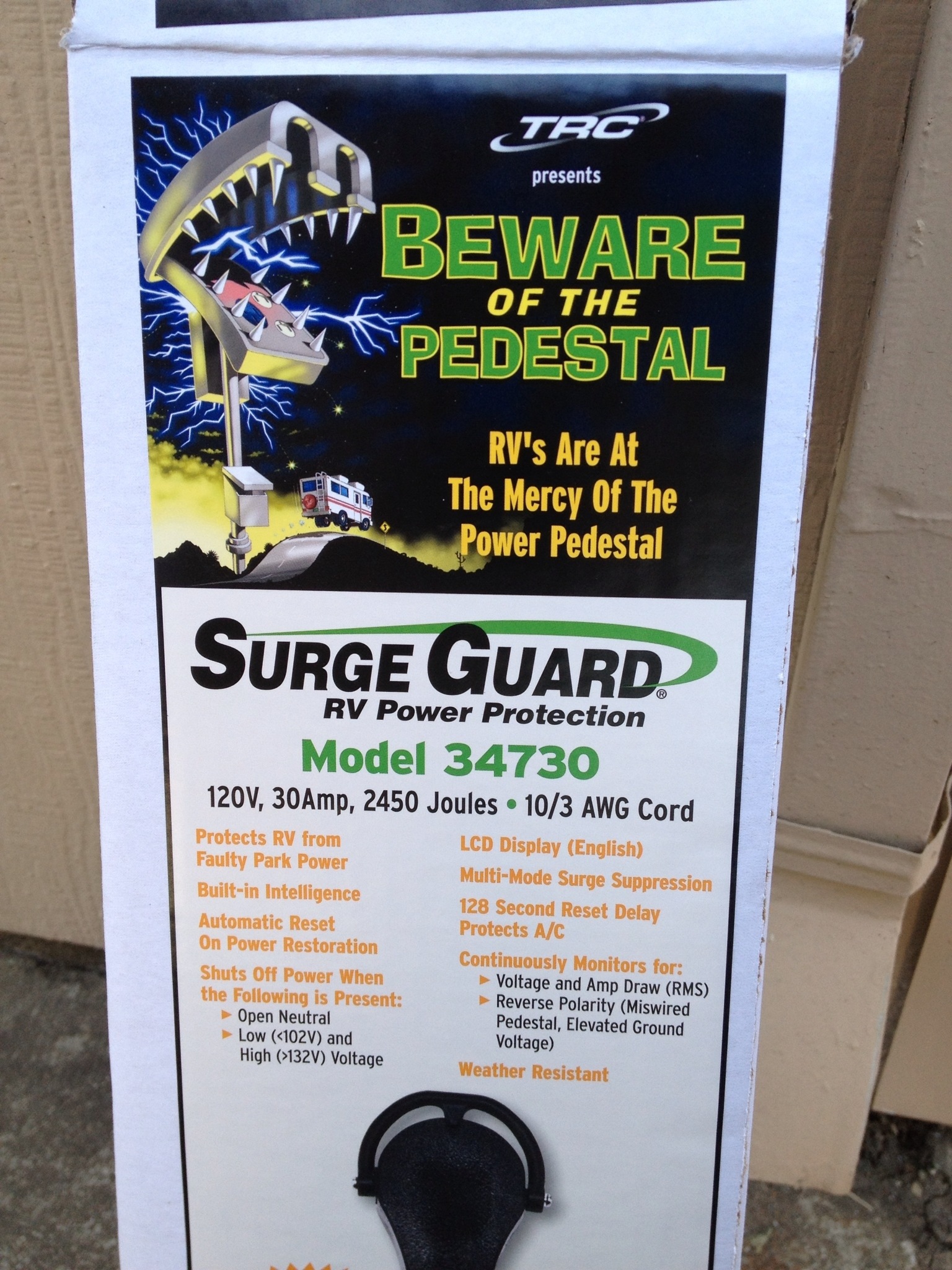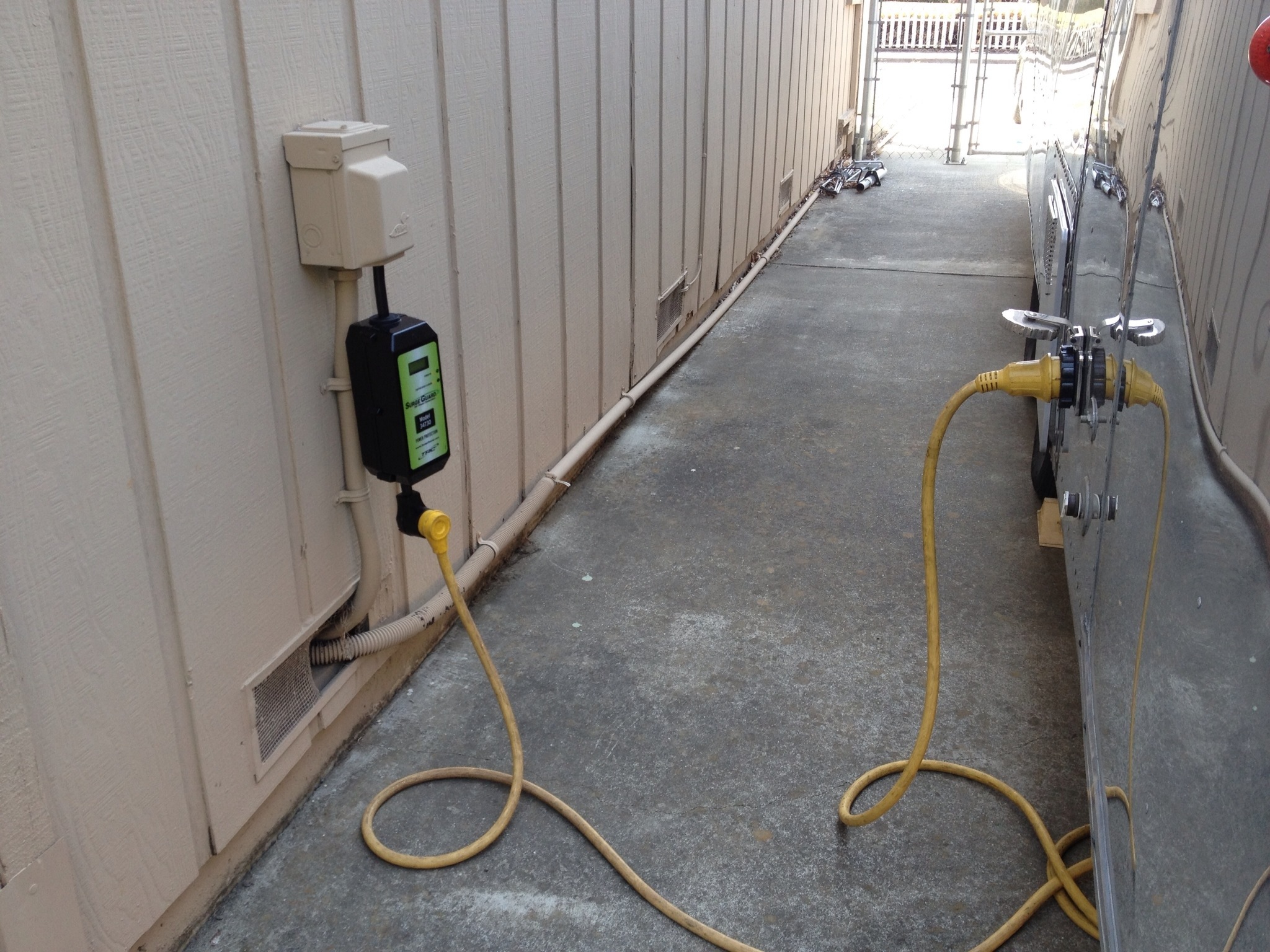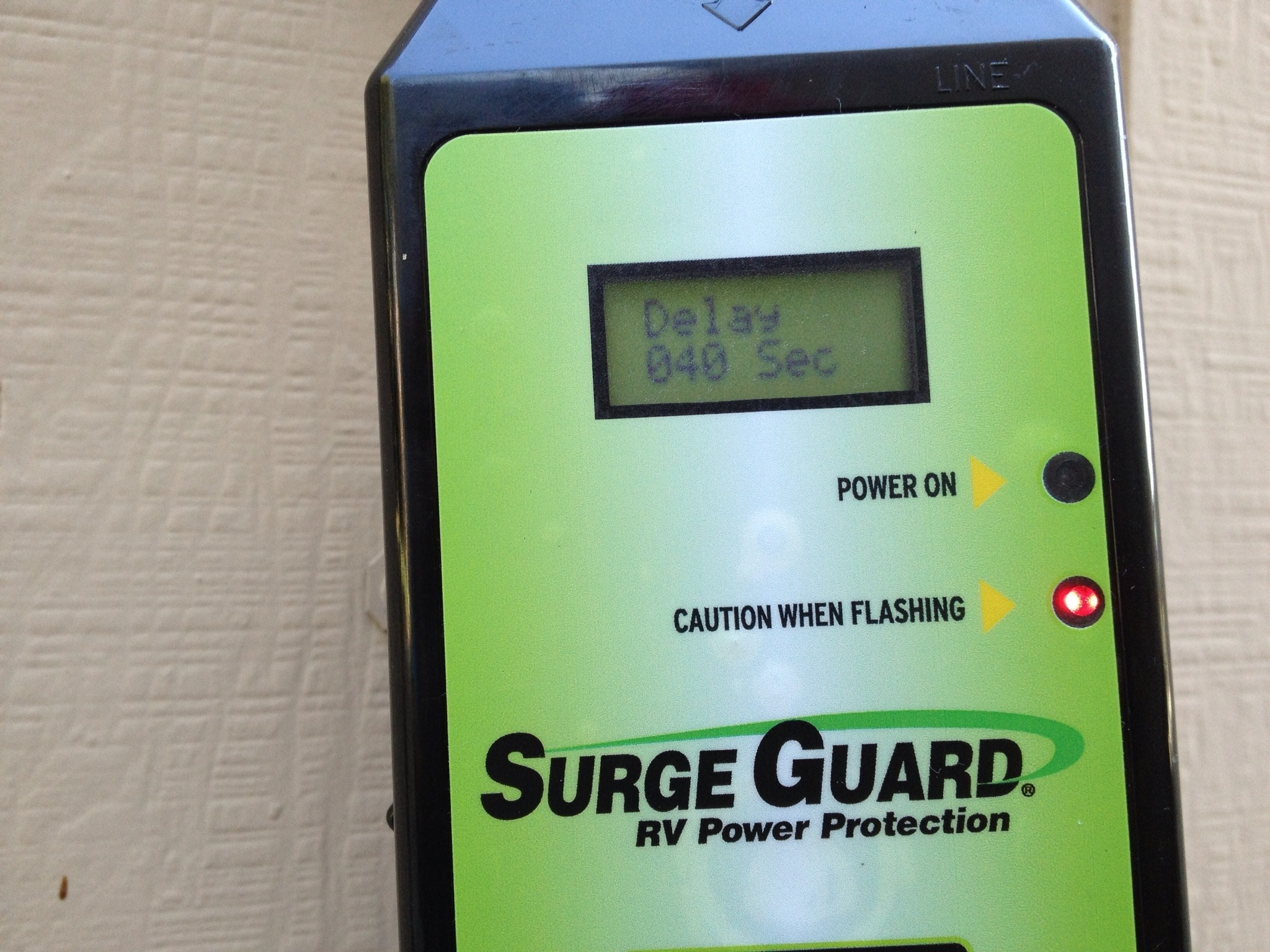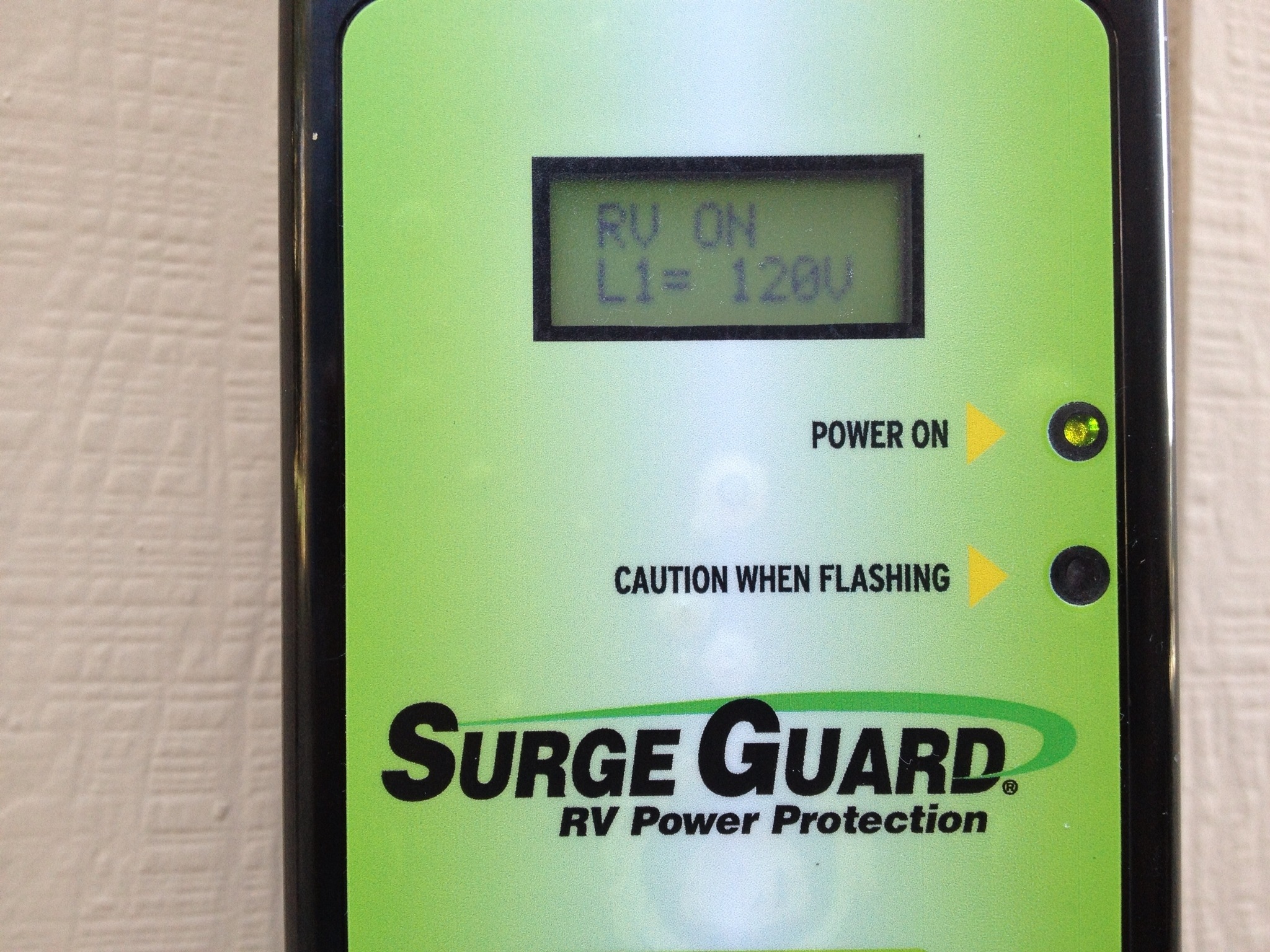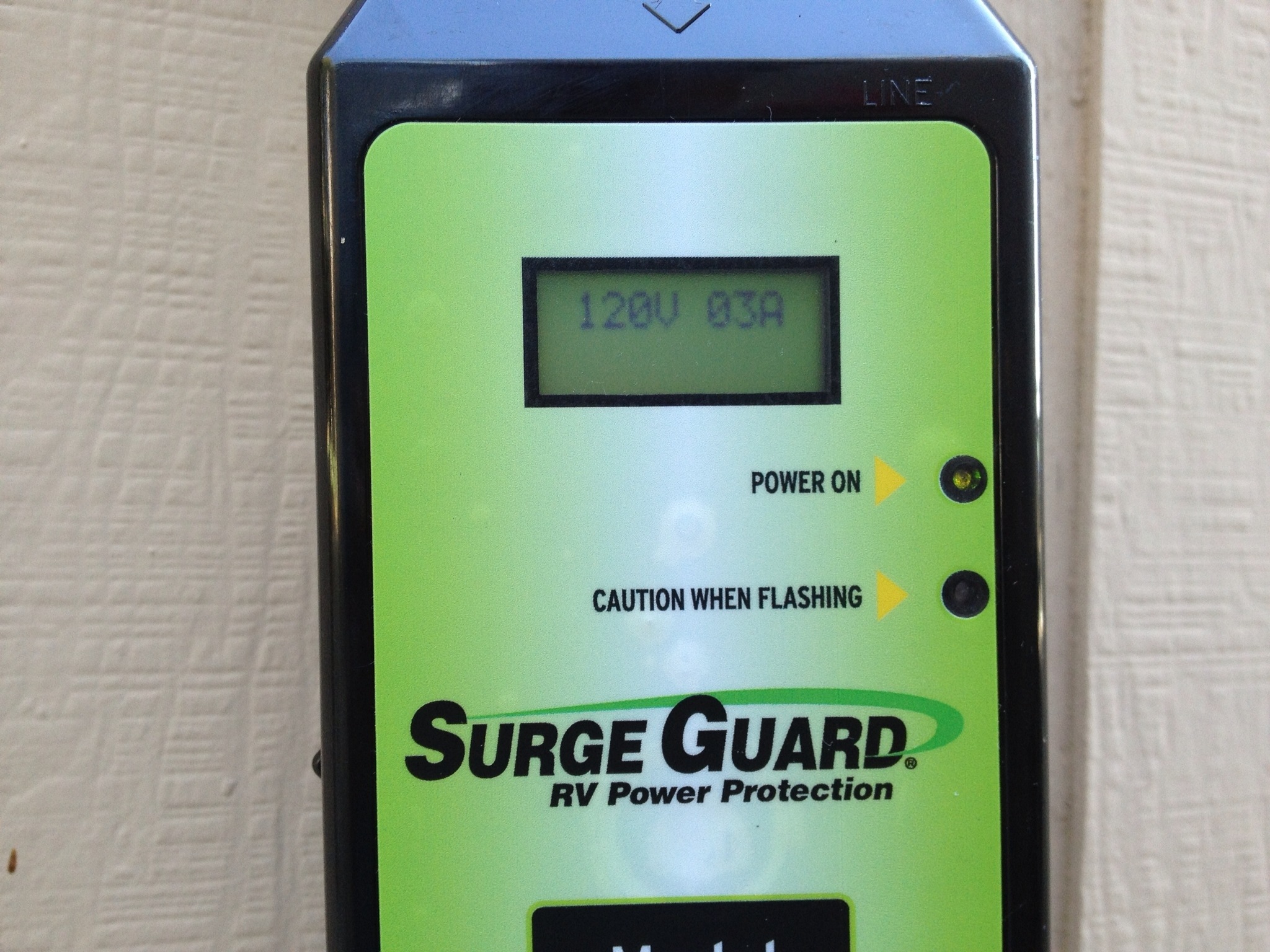During out trip across country, we found some grease on the outside of one of my street side wheels. I had it checked out by a local shop while we were in Arkansas. I had never done anything with wheel bearings before so I wanted a pro opinion before I drove another 2000 miles on it. Their opinion was it would be fine to continue my trip as is.
Since the bearings have never been packed in the five years that I’ve owned the trailer, I thought I would give it a go. First stop was YouTube. Got the basic idea there. I also hit up Dexters site for a PDF of the instructions.
It was a little nerve racking since I have disc brakes. I had to move the calipers out of the way. After that it wasn’t too bad.
I cleaned the parts with mineral spirits and checked them for burnt spots. Everything looked ok. The worst part for me was getting the seals off. YouTube showed using a hammer and stick and pounding the seal out by hitting the bearing. It didn’t seem good but I could not get it out any other way. The problem was the second one I did, my wooden 2×2 started breaking apart and put splitter in the bearing! I called Colin and asked him about it. He said DO NOT POUND OUT YOUR BEARINGS! You can damage them that way. Don’t trust YouTube!
I checked the bearings over carefully and cleaned them up, no splinters. Hand packed them and the raceways. The last two wheels I used an awl and put a couple of dimples in the seal, then used the claw hammer to pry them out from the rear. This worked fine and left the rear bearings untouched.
I put some grease on the spindle and slid the hub back on. Put the outside bearing, washer and nut on. The castle nut is held on with a clip ring instead of a cotter pin. This is where I made my second goof. I tighten the nut as hard as I could, then loosed it and put the clip on. I was talking to some mechanic friends who said I was supposed to put a quarter turn tight before I installed the clip. That didn’t sound right because I read you don’t want it too tight.
So I called dexter tech support. They told me I was supposed to spin the hub while I tightened the nut to full hand force on a 12″ wrench. I forgot the spinning part. Then I was to loosen the nut without rotating the hub, this would seat the bearings. Then hand snug the nut and put the clip on. The nut/clip combo should move slightly. If not, remove the clip, loosen the nut a 12th turn, then put the clip back on. The idea I think is that the metal will heat up some under tow. The metal will expand and tighten things up nicely without being too tight and causing undo wear on the bearings.
I had to remove the wheels and do the final adjustment again to be sure it was right.
All in all, it was a good learning experience and I’m glad I did it myself. It’s a good thing to know how to do. Not only to save some money, but to know it was done right.

